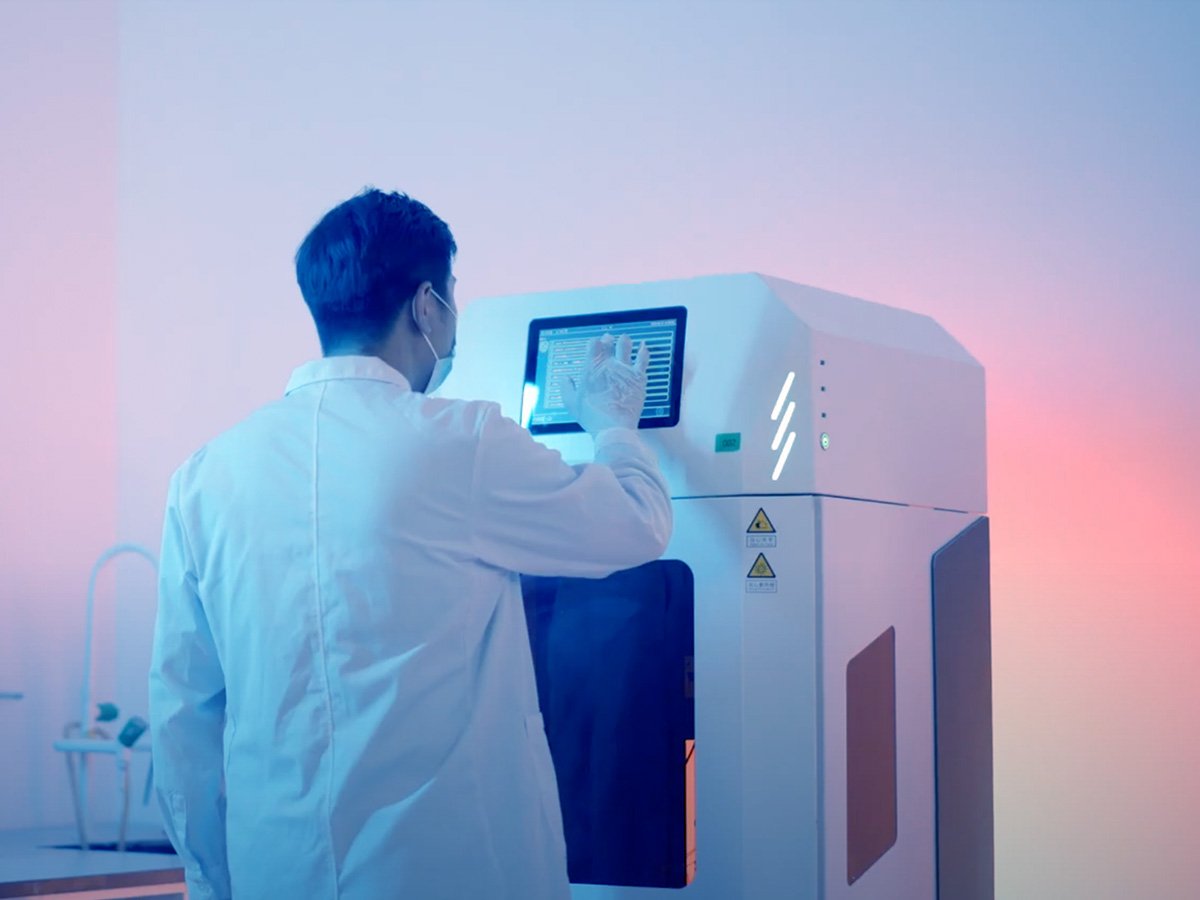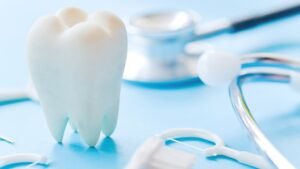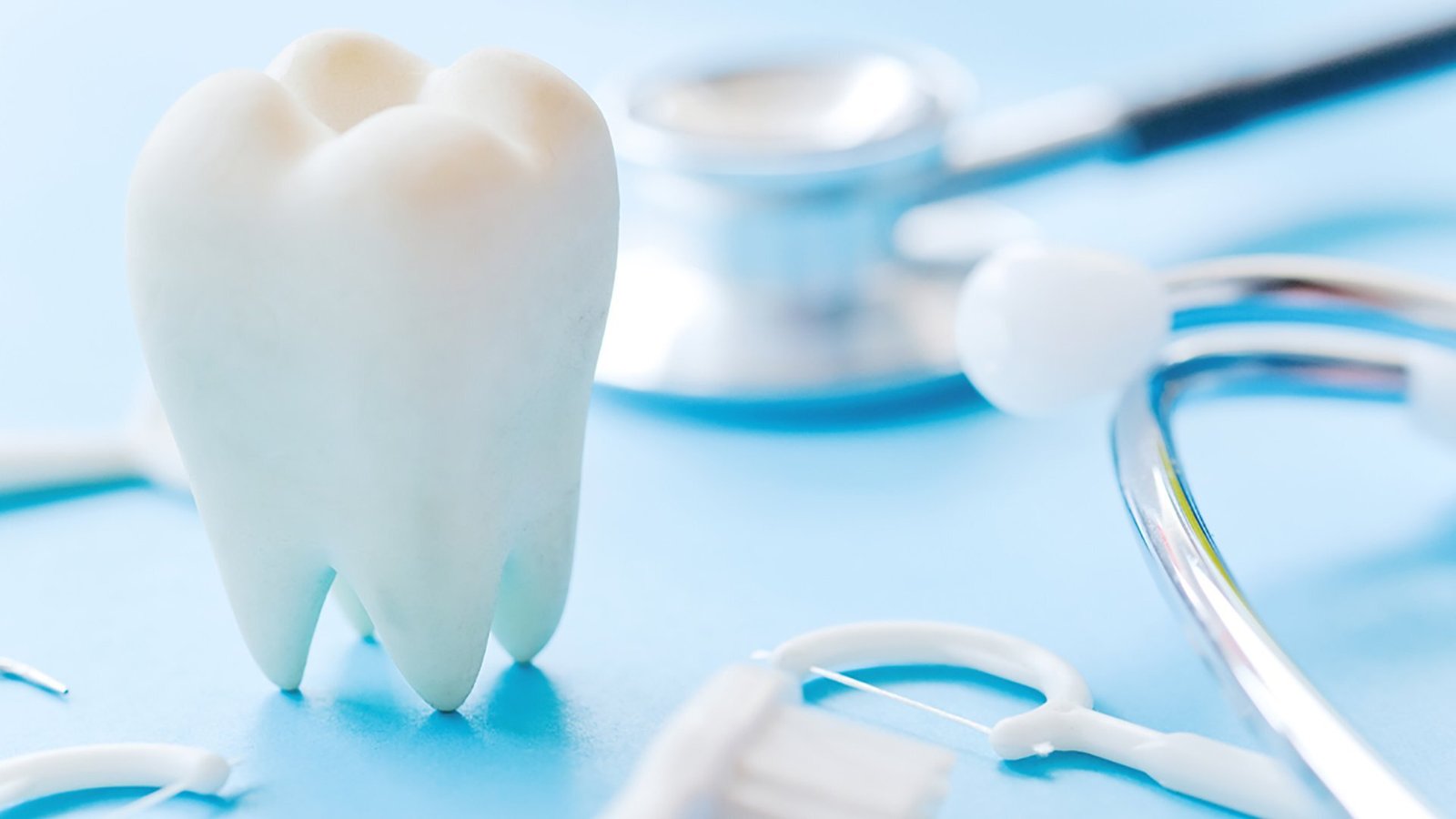Denture try-ins are an important step that prevents problems in final dentures. It is an opportunity to identify issues at earlier stages. A denture try-in allows patients to trial how new dentures will look, feel, and perform before the lab completes the finished product. It’s essentially a dress rehearsal for the mouth. Without this procedure, patients may be left with dentures that slide around when they talk, pain when they eat, or simply look wrong. The wax try-in denture procedure has prevented many patients from going through weeks of changes and remakes.
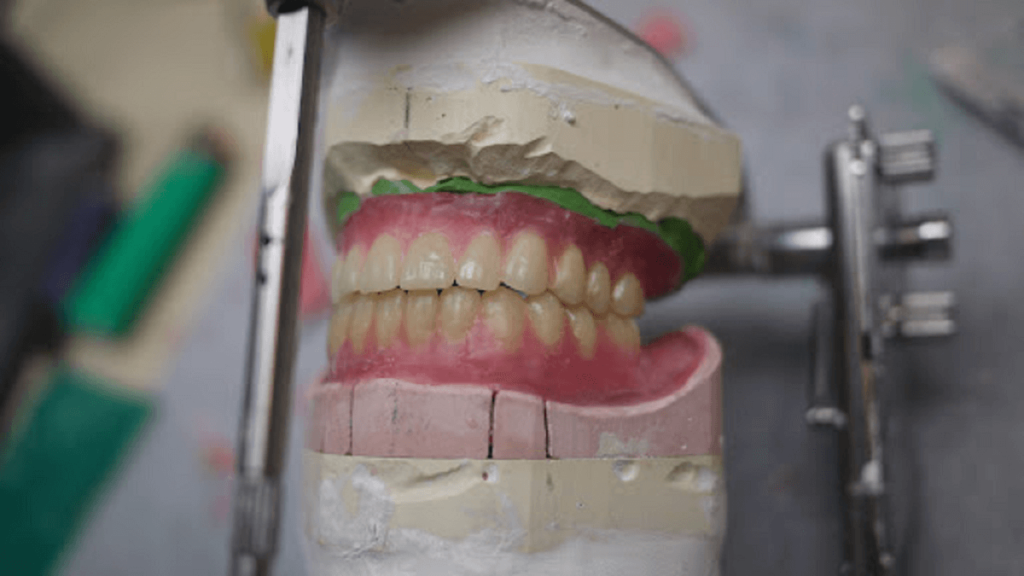
What is a Denture Try-In?
A denture try-in is a temporary denture used for a trial run. It’s like the prototype phase where patients get to see and feel what final dentures will be, but they’re not yet ready for everyday wear. The wax try-in denture consists of a wax base (usually pink like gums) with the actual teeth positioned exactly where they’ll be in the final denture.
After the initial impressions and measurements, the dentist will make a try-in denture with easy-to-make materials. So if something needs to be altered, it can be altered immediately without beginning again from scratch. This setup allows checking everything that matters, like how they look when smiling, how they feel when biting down, and whether their speech remains clear.
Why is a Denture Try-In Important?
For Dentists:
Clinically, denture try-ins ensure that technical measurements and planning are correct. It is the point of review at which dentists can ensure bite registration, vertical dimension, and esthetics are accurate before final processing.
This step avoids the nightmare of bringing in completed dentures that fail. Remakes are costly, time-consuming, and destroy patient confidence. A good denture try-in identifies problems when they are still correctable with minor tweaking instead of entire do-overs.
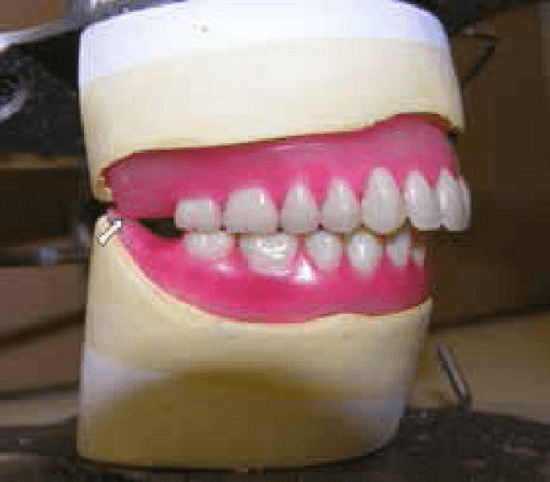
For Patients:
The denture try-in is the last chance to make any changes before the lab finishes the dentures. If you need to make some changes to the final dentures, you’ll have to start the whole process again. This takes money and time.
During this visit, bite alignment problems, tooth position problems, or general appearance issues can be detected. Perhaps the teeth appear too large, or they do not come together at all when the mouth is closed. Such issues are readily solved in the wax try-in denture phase, but become huge headaches afterwards.
Try-In Denture Steps
Here is what to expect during the try-in denture process:
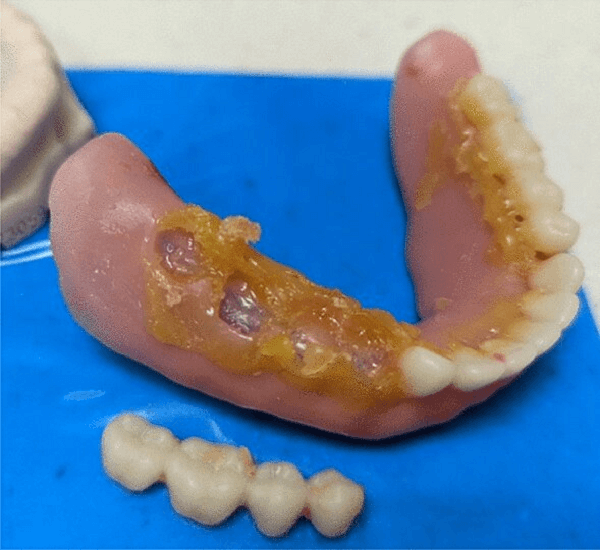
Prior to the Appointment
Patients should come prepared to invest time trying out various aspects of the denture wax try-in. Having a relative or friend whose feedback is valued is a good idea – they will pick up on appearance-related issues that patients may not see. Additionally, considering particular words or sounds that give difficulties is helpful since speech trying occurs during the visit.
During the Appointment Process
The dentist will then put in the wax try-in denture and test the overall fit. They’ll see how the edges form a seal over the gums and whether the bite is balanced. Functional testing comes next. The patients will be required to speak, smile, and make various facial expressions.
The bite check is imperative. Patients are asked to close their mouths in various positions so teeth may meet correctly.
Making the Decision
At the conclusion of the appointment, there is a choice between accepting the denture try-in as is, requesting changes, or, in extreme circumstances, having to begin again. The majority of try-ins require slight changes, which is totally normal and part of the process.
Tips For Successful Denture Try-In
What Patients Should Do
- Honest about comfort: If something is not feeling right, say something straight away. Don’t think there will be breaking in to it dentures should feel comfortable from the first day.
- Test extensively: Test speaking, smiling, and even mock-chewing movements. The greater the testing during denture try-in, the fewer surprises along the way.
- Bring support: A trusted friend or family member can offer valuable feedback about appearance and speech that might not be noticed otherwise.
Common Mistakes to Avoid
Don’t rush through the appointment just to finish quickly. This try-in denture session determines satisfaction with the final product. Also, don’t be embarrassed to ask questions or request changes; it’s much easier to fix things now than after final processing.
Many patients focus only on appearance and forget to test function. Make sure to check both how dentures look and how they feel when using them for speech and chewing motions.
Setting Realistic Expectations
The denture try-in will never quite feel like a final denture. The base is less stable and softer than completed acrylic, so some looseness is to be expected. Emphasis should be placed on tooth position, bite relationship, and overall aesthetics over the absolute feel of the base material.
Aidite Try-In Resin
Aidite’s TRYIN Resin is a digital product that is suitable for dental workflows. Conventional wax try-ins distort easily, particularly with light or heat. Aidite’s resin, on the other hand, has dimensional stability but still enables simple adjustments. It’s specifically designed for 3D printing, which makes it perfect for precise digital dentures.
Why Aidite’s TRYIN Resin excels
- High Strength: Its flexural strength of 60 MPa and tensile strength of 45 MPa resist aggressive try-in testing without cracking or chipping.
- Ideal Balance: It balances rigidity with a 15% elongation at break for durability and flexibility on adjustment.
- Digital Compatibility: Optimized for CAD/CAM technology and resin-based 3D printing, which enables quicker production and greater precision.
- Natural Appearance: A2 gum-like color provides patients with a better idea of final denture esthetics.
- Enhanced Chairside Experience: Hardness (85 Shore D) is adequate to maintain form, yet permits slight reshaping with standard instruments.
With Aidite’s TRYIN Resin, labs and clinics decrease errors, increase turnaround time, and enhance patient satisfaction. It transforms try-in appointments into a high-accuracy, low-risk stage of denture production.
FAQs About Denture Try-In
What is denture try-in?
A denture try-in is a trial fitting with temporary dentures. It is used to evaluate fit, appearance, and function prior to final dentures.
What to check during denture try-in?
During the denture try-in visit, examine bite positioning, tooth alignment, speech articulation, comfort, and general appearance. Thoroughly test smiling, speaking, and chewing movements.
What happens at a denture try-in appointment?
The dentist places temporary dentures, tries the bite, assesses speech and appearance, and then makes adjustments if required before final processing approval.
How long after wax try-in for dentures?
You’ll get final dentures in 1-2 weeks following the wax try-in denture visit. It also depends on lab processing time and whether any adjustments are required based on the try-in.
What is a wax try-in for denture?
A wax try-in for denture uses a soft wax base with staged teeth to try fit and look prior to developing the final acrylic dentures.
Wrapping Up
The denture try-in process may appear to be simply another appointment. But in fact, it is the very best protection against issues with final dentures. Whether receiving a classic wax try-in denture or an advanced digital model with materials such as Aidite’s TRYIN Resin, this step identifies problems while they are still simple to correct. Don’t hurry, invest time in checking everything over carefully. Comfort and happiness later depend on doing this step correctly.

